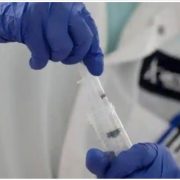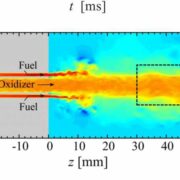
Dragon is betting big on electric spacecraft propulsion
China’s first module of its upcoming Tiangong space station makes use of ion drives, technology that would vastly hamper the time it takes to visit Mars — and greatly reduce the quantity of fuel needed to form that trip, because the South China Morning Post reports.
The module, called Tianhe and launched in late April, is powered by four ion thrusters that use electricity to accelerate ions as a sort of propulsion. In fact, the module could soon become the primary spacecraft in history to move humans using the technology, consistent with SCMP.
Ion drives are orders of magnitude more efficient compared to chemical propulsion. To stay the International space platform in orbit for a year, the thrusters consume four plenty of rocket propellant. With ion thrusters, it’d need just 400 kilograms to remain in orbit for an equivalent amount of your time, consistent with the Chinese Academy of Sciences.
A trip to Mars might be hamper from eight months to only 39 days.
China is betting big on ion thrusters, hoping to use them not only for its space platform but for upcoming satellite constellations and nuclear-powered spacecraft capable of carrying astronauts to Mars also, consistent with SCMP.
The technology has been around for many years, but mainstream adoption has been hampered by the very fact that the thrust produced isn’t very significant. Scaling up the thrusters could find yourself putting astronauts in peril and shorten the lifespan of satellites.
But scientists at the Chinese Academy of Sciences may have cracked the code. One among its ion drives currently in development has been burning for quite 11 months straight, consistent with the newspaper.
A magnetic flux makes sure the particles don’t create any damage or erode the engine, while a special ceramic material stops it from getting damaged by radiation.
“Space projects are usually very big,” an anonymous Beijing-based space scientist told SCMP. “A typical mission involves hundreds or maybe thousands of people. But the competition in space is actually a contest over some very small but extremely important details.”
“The ion thruster is one among those areas where the devil is within the detail,” the scientist added.

























